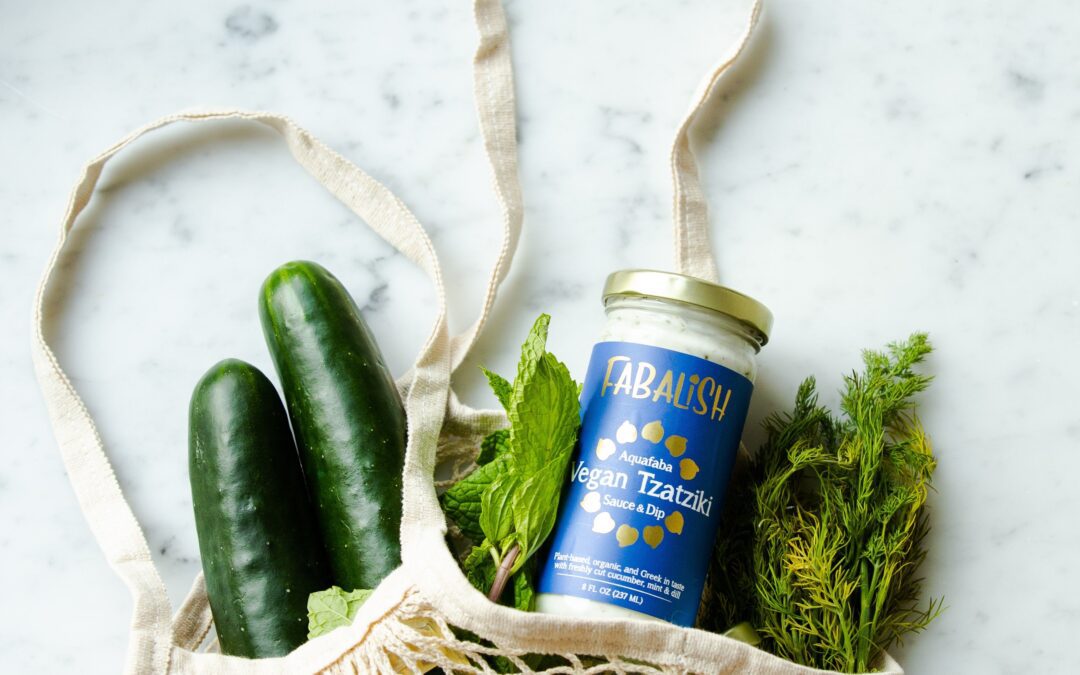Por qué no escoger lo “light”
Cuando vemos productos que dicen ser “light” en la parte delantera, inmediatamente los relacionamos con opciones de comida más saludables, cuando en realidad no es así. Como habíamos hablado antes al leer las etiquetas, ignorar las afirmaciones frontales debería ser siempre lo primero que se hace al comprar un producto. Siempre que veas las palabras “sin grasa” o “bajo en grasa” [light], piensa en las palabras “tormenta de mierda química” – Rory Freedman.
Los alimentos etiquetados como “bajos en grasa” o “light” han tenido que someterse a un procedimiento químico para conseguir esta afirmación. Y a través de esos procedimientos, se añadieron otros mil productos químicos, como azúcar, alternativas al azúcar, potenciadores del sabor, sabores naturales o sabores artificiales para que el producto fuera comestible o tuviera sabor. Un ejemplo de ello es el aspartamo, un edulcorante comúnmente utilizado en las versiones “dietéticas” de alimentos y bebidas que se ha relacionado con el riesgo de cáncer, y como neurotoxina. También es importante añadir que esto tiene un lado psicológico. Si la gente ve que un producto se anuncia como light, o bien A) le hará pensar que está menos lleno y le hará comer más, o B) le dará menos culpa y comerá más.
Sé consciente de las porciones que comes, del contenido energético, lee los ingredientes y no te fijes en la etiqueta de delante. Aprende a tomar decisiones que no sólo sean saludables, sino que disfrutes comiendo. Introdúcete en un nuevo mundo de recetas e ingredientes investigando. Equilibra tus elecciones y disfruta del viaje.
Stay away from “light”
When we see products that claim to be “light” in the front, we immediately link them to healthier food options, when in reality, that’s not the case. As we had talked before when reading labels, ignoring the front claims should always be the first thing you do when buying a product. Whenever you see the words “fat-free” or “low-fat” [light], think of the words “chemical shitstorm” – Rory Freedman.
Food labeled as “low-fat” for “light” had to undergo a chemicals procedure to achieve this claim. And through those procedures, a thousand other chemicals were added, like sugar, sugar alternatives, flavor enhancers, natural flavors, or artificial flavors to make the product edible or flavorful. An example of this is aspartame, a sweetener commonly used in ‘diet’ versions of food and drinks which has been linked to cancer risk, and as a neurotoxin. It is also important to add, there is a psychological side to this. If people see a product advertised as light, it will either A) make you think you are less full and make you eat more of it, or B) give you less guilt and you’ll eat more.
Be aware of the portions you eat, the energy content, read the ingredients, and don’t pay attention to the label in the front. Learn how to make choices that not only are healthy but that you enjoy eating. Introduce yourself to a new world of recipes and ingredients by researching. Balance your choices and enjoy the journey.

